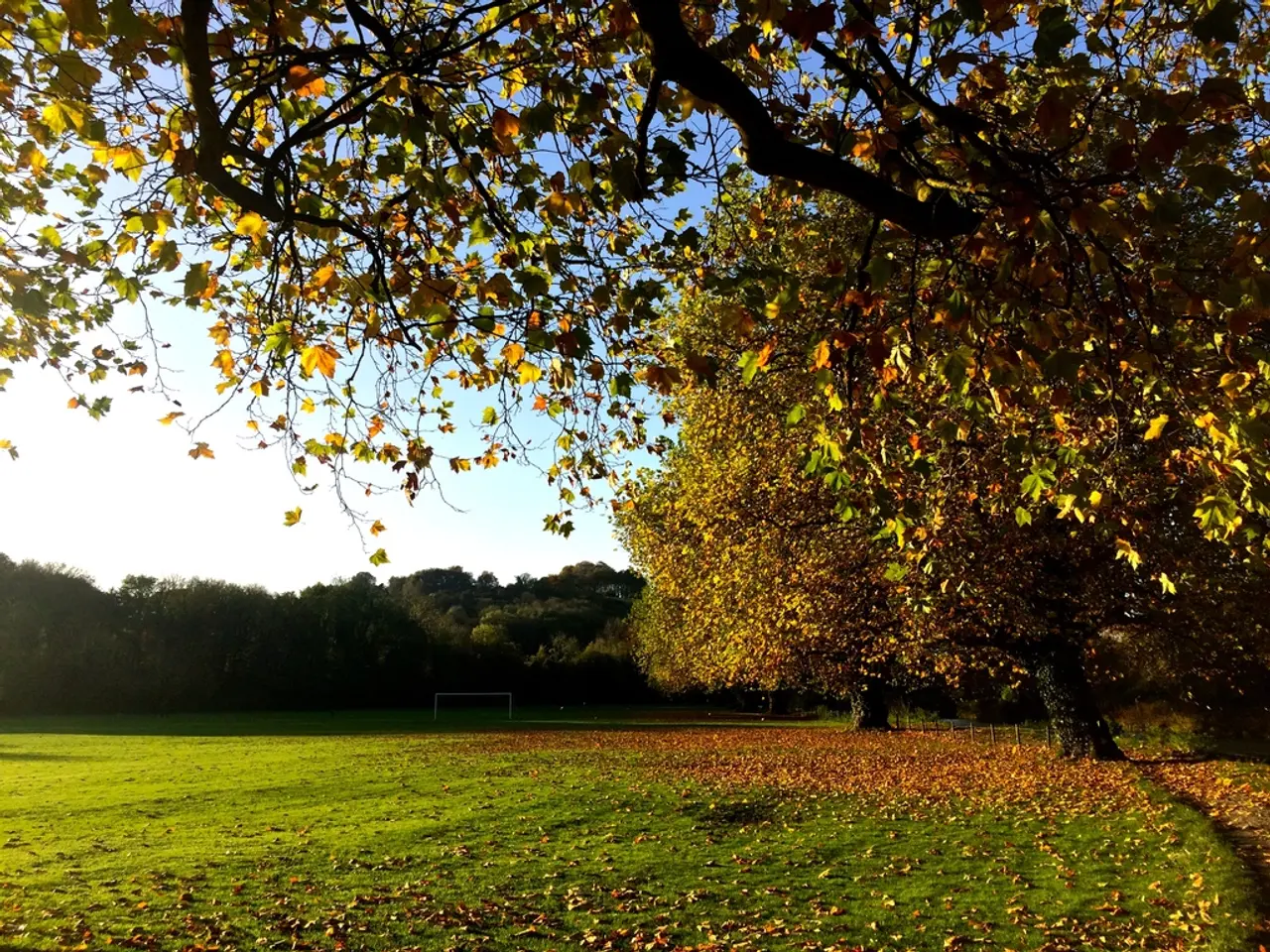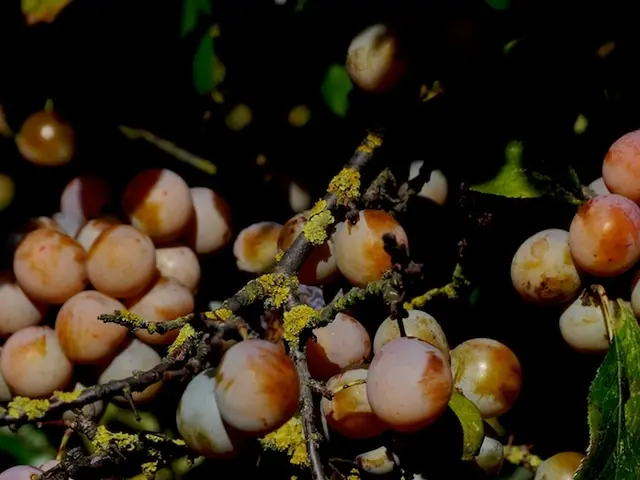City woodland undergoing transformation due to global warming
In the heart of Pforzheim, the city forest of Hagenschieß is undergoing a significant transformation. On a recent 3.5-kilometer hike led by the new head of the forest administration, Mario Seefelder, and the city's foresters, 25 council members and administration staff, including Environment Mayor Sibylle Schuessler, gained an insightful impression of the forest's current state and future tasks.
The primary focus of this transformation is the promotion of warm-loving and drought-resistant tree species, such as oak and serviceberry, to create climate-stable mixed forests. This shift is crucial as oak trees are already taking over former pine habitats due to the ongoing drought. This change is necessary to ensure the forest's resilience in the face of a warming climate.
Beyond its role as a carbon sink, absorbing the greenhouse gas CO2, the city forest serves multiple purposes. It is a vital recreational area for many Pforzheim residents, providing a tranquil escape within the city limits. Additionally, it produces drinking water for the city, underscoring its importance to the local community.
The forest also plays a key role in securing and promoting biodiversity. Deer browsing is hindering the growth of young trees, which represent the forest of tomorrow. To observe the influence of deer on the natural development of the forest, "wise fences" have been built in all hunting districts since 2020.
In an effort to inspire children's enthusiasm for their environment, a new initiative is on the horizon. The newly built forest classroom, constructed entirely from Pforzheim wood, will serve as a hub for forest pedagogical events starting from fall/winter 2023. This educational space aims to offer experiences such as searching for animals, identifying plants, and learning about the forest and nature in a playful way. Approximately 80 events with schools and kindergartens are expected to take place at the forest classroom annually.
Looking ahead, the city of Pforzheim is launching a LoRaWAN-based climate data measurement network to address climate impacts such as heat, drought, and heavy rainfall. This initiative, while not specifically mentioning the city forest, highlights the use of technology in climate resilience. Additionally, institutions are focusing on sustainability education, which could indirectly influence local practices by educating future professionals about sustainable management of natural resources.
As the city forest undergoes these changes, it is important to continue pursuing holistic and long-term goals in its management. The transformation of the Pforzheim city forest is not just about adapting to climate change, but also about creating a sustainable and educational space for the community to enjoy for generations to come.







